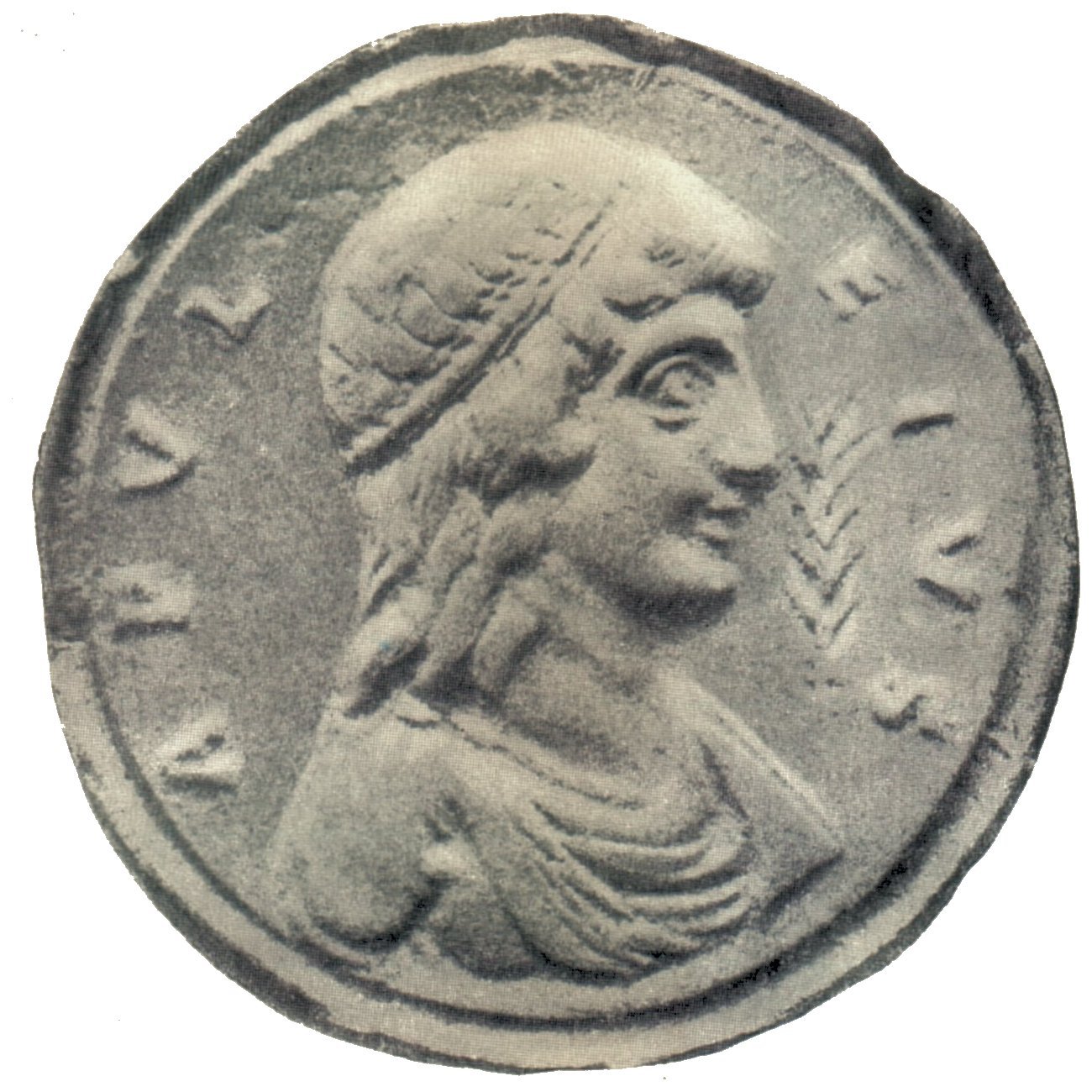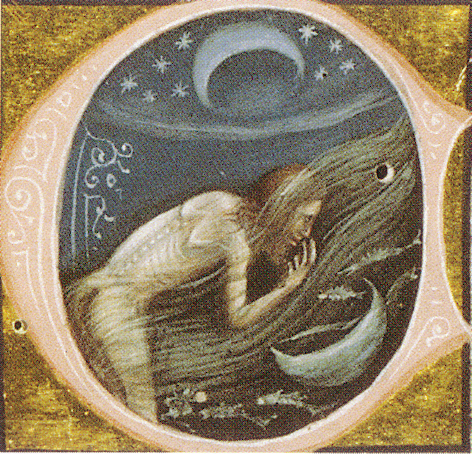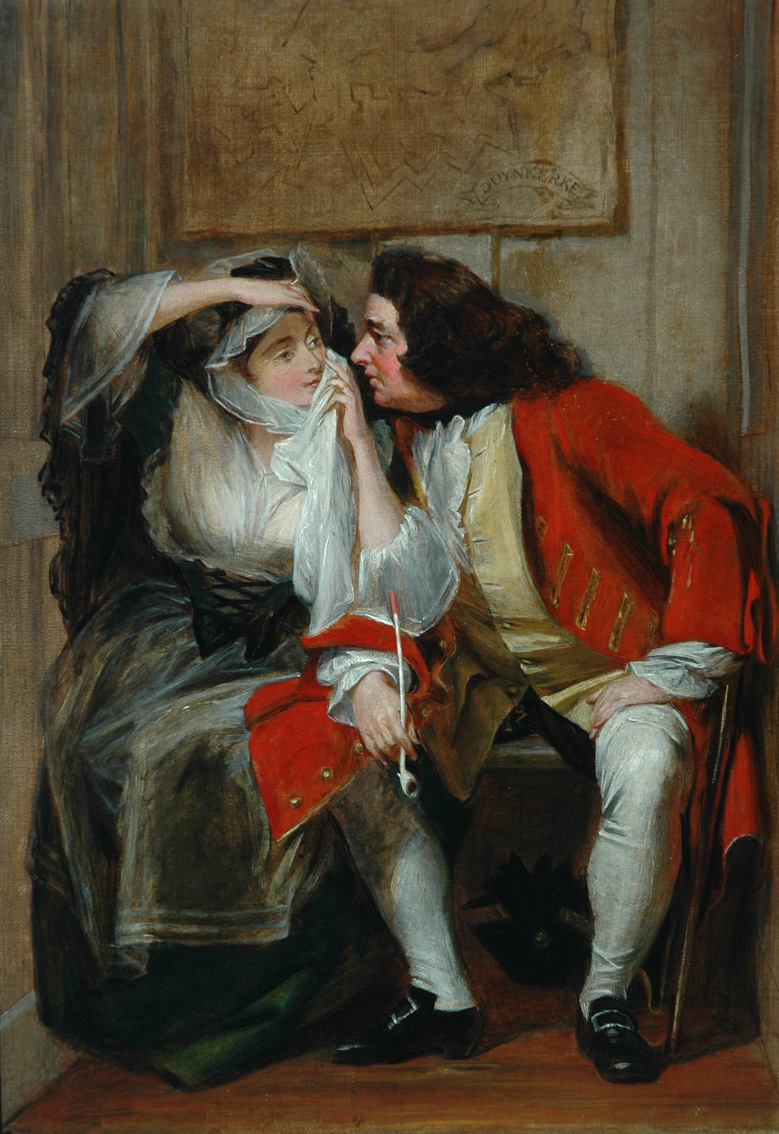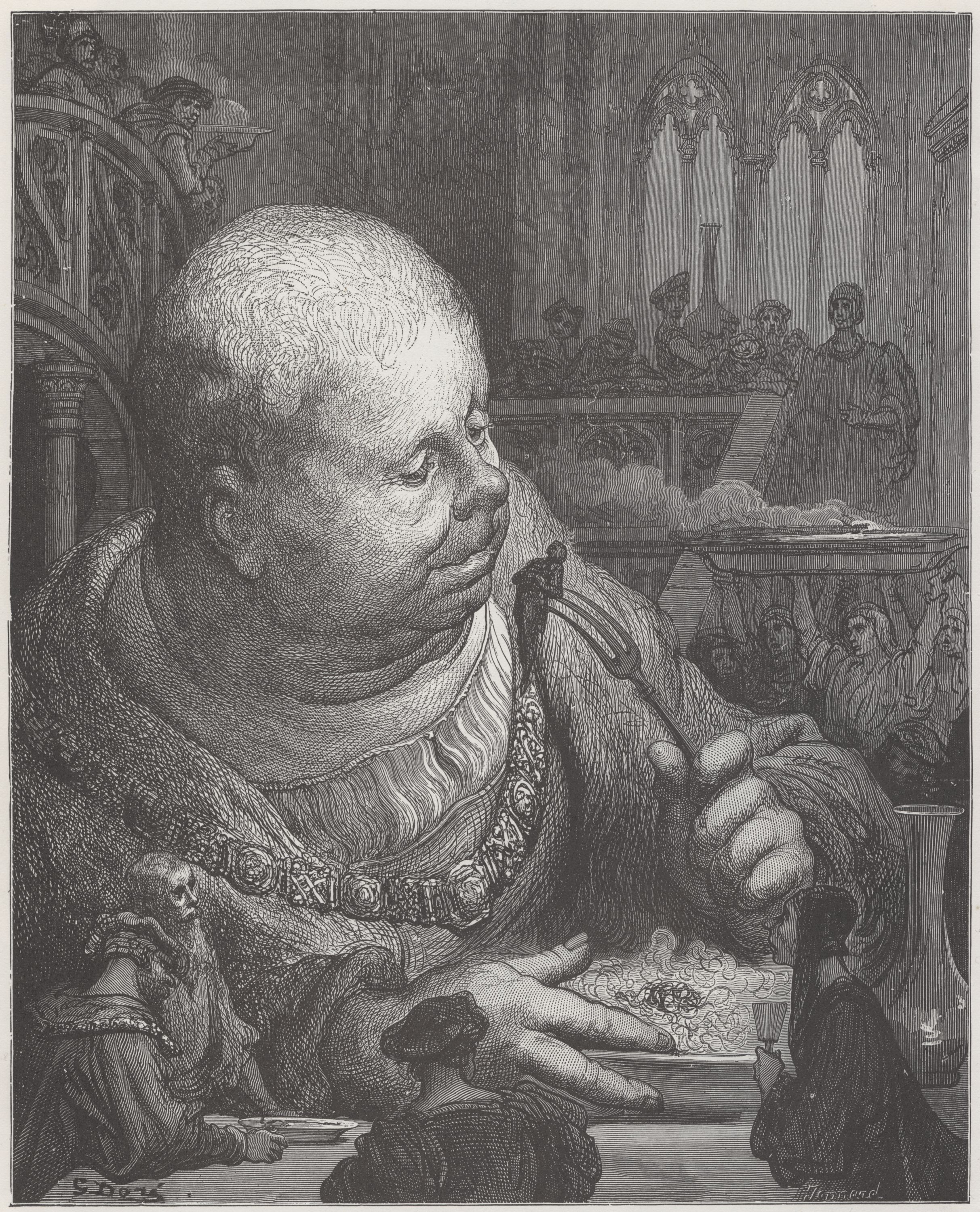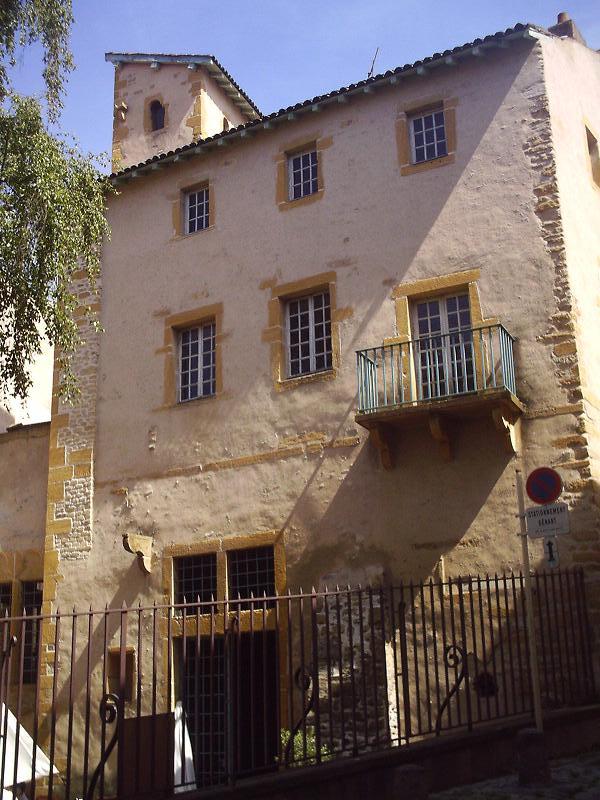|
Ribaldry
Ribaldry or blue comedy is humorous entertainment that ranges from bordering on indelicacy to indecency. Blue comedy is also referred to as "bawdiness" or being "bawdy". Sex is presented in ribald material more for the purpose of poking fun at the foibles and weaknesses that manifest themselves in human sexuality, rather than to present sexual stimulation either overtly or artistically. Also, ribaldry may use sex as a metaphor to illustrate some non-sexual concern, in which case ribaldry borders satire. Like any humour, ribaldry may be read as conventional or subversive. Ribaldry typically depends on a shared background of sexual conventions and values, and its comedy generally depends on seeing those conventions broken. The ritual taboo-breaking that is a usual counterpart of ribaldry underlies its controversial nature and explains why ribaldry is sometimes a subject of censorship. Ribaldry, whose usual aim is ''not'' "merely" to be sexually stimulating, often does address lar ... [...More Info...] [...Related Items...] OR: [Wikipedia] [Google] [Baidu] |
The Crabfish
"The Crabfish" is a ribald humorous folk song of the English oral tradition. It dates back to the seventeenth century, appearing in Bishop Percy's Folio Manuscript as a song named "The Sea Crabb" based on an earlier tale. The moral of the story is that one should look in the chamber pot before using it. Owing to the indelicate nature of its theme this ballad was intentionally excluded from Francis James Child's renowned compilation of folk songs ''The English and Scottish Popular Ballads''. The song has a Roud Folk Song Index of 149. It is also known as "The Crayfish". Synopsis A man brings a crabfish (most likely a common lobster) home as a gift for his wife and puts it in the chamber pot. Some time in the night his wife answers a call of nature and the crustacean grabs her private parts. In the ensuing scuffle the husband gets bitten too. Text Variants "Johnny Daddlum" is the Irish version of this song. There are variants in which the coarse language is more clear-cut th ... [...More Info...] [...Related Items...] OR: [Wikipedia] [Google] [Baidu] |
Black Comedy
Black comedy, also known as dark comedy, morbid humor, or gallows humor, is a style of comedy that makes light of subject matter that is generally considered taboo, particularly subjects that are normally considered serious or painful to discuss. Writers and comedians often use it as a tool for exploring vulgar issues by provoking discomfort, serious thought, and amusement for their audience. Thus, in fiction, for example, the term ''black comedy'' can also refer to a genre in which dark humor is a core component. Popular themes of the genre include death, crime, poverty, suicide, war, violence, terrorism, discrimination, disease, racism, sexism, and human sexuality. Black comedy differs from both blue comedy—which focuses more on crude topics such as nudity, sex, and Body fluids—and from straightforward obscenity. Whereas the term ''black comedy'' is a relatively broad term covering humor relating to many serious subjects, ''gallows humor'' tends to be used more specifical ... [...More Info...] [...Related Items...] OR: [Wikipedia] [Google] [Baidu] |
Apuleius
Apuleius (; also called Lucius Apuleius Madaurensis; c. 124 – after 170) was a Numidian Latin-language prose writer, Platonist philosopher and rhetorician. He lived in the Roman province of Numidia, in the Berber city of Madauros, modern-day M'Daourouch, Algeria. He studied Platonism in Athens, travelled to Italy, Asia Minor, and Egypt, and was an initiate in several cults or mysteries. The most famous incident in his life was when he was accused of using magic to gain the attentions (and fortune) of a wealthy widow. He declaimed and then distributed his own defense before the proconsul and a court of magistrates convened in Sabratha, near ancient Tripoli, Libya. This is known as the ''Apologia''. His most famous work is his bawdy picaresque novel the ''Metamorphoses'', otherwise known as ''The Golden Ass''. It is the only Latin novel that has survived in its entirety. It relates the adventures of its protagonist, Lucius, who experiments with magic and is accidentally turned ... [...More Info...] [...Related Items...] OR: [Wikipedia] [Google] [Baidu] |
Urinal In The Bangkok Airport
A urinal (, ) is a sanitary plumbing fixture for urination only. Urinals are often provided in public toilets for male users in Western countries (less so in Muslim countries). They are usually used in a standing position. Urinals can be with manual flushing, automatic flushing, or without flushing, as is the case for waterless urinals. They can be arranged as single sanitary fixtures (with or without privacy walls) or in a trough design without privacy walls. Urinals designed for females ("female urinals") also exist but are rare. It is possible for females to use male urinals with a female urination device. The term "urinal" may also apply to a small building or other structure containing such fixtures. It can also refer to a small container in which urine can be collected for medical analysis, or for use where access to toilet facilities is not possible, such as in small aircraft, during extended stakeouts, or for the bedridden. Description A male urinal can be used co ... [...More Info...] [...Related Items...] OR: [Wikipedia] [Google] [Baidu] |
The Golden Ass
The ''Metamorphoses'' of Apuleius, which Augustine of Hippo referred to as ''The Golden Ass'' (''Asinus aureus''), is the only ancient Roman novel in Latin to survive in its entirety. The protagonist of the novel is Lucius. At the end of the novel, he is revealed to be from Madaurus, the hometown of Apuleius himself. The plot revolves around the protagonist's curiosity (''curiositas'') and insatiable desire to see and practice magic. While trying to perform a spell to transform into a bird, he is accidentally transformed into an ass. This leads to a long journey, literal and metaphorical, filled with inset tales. He finally finds salvation through the intervention of the goddess Isis, whose cult he joins. Origin The date of composition of the ''Metamorphoses'' is uncertain. It has variously been considered by scholars as a youthful work preceding Apuleius' ''Apology'' of 158–159, or as the climax of his literary career, and perhaps as late as the 170s or 180s. Apuleius adap ... [...More Info...] [...Related Items...] OR: [Wikipedia] [Google] [Baidu] |
Jonathan Swift
Jonathan Swift (30 November 1667 – 19 October 1745) was an Anglo-Irish Satire, satirist, author, essayist, political pamphleteer (first for the Whig (British political party), Whigs, then for the Tories (British political party), Tories), poet, and Anglican cleric who became Dean (Christianity), Dean of St Patrick's Cathedral, Dublin, hence his common sobriquet, "Dean Swift". Swift is remembered for works such as ''A Tale of a Tub'' (1704), ''An Argument Against Abolishing Christianity'' (1712), ''Gulliver's Travels'' (1726), and ''A Modest Proposal'' (1729). He is regarded by the ''Encyclopædia Britannica'' as the foremost prose satirist in the English language, and is less well known for his poetry. He originally published all of his works under pseudonyms—such as Lemuel Gulliver, Isaac Bickerstaff, M. B. Drapier—or anonymously. He was a master of two styles of satire, the Satire#Classifications, Horatian and Juvenalian styles. His deadpan, ironic writing style, partic ... [...More Info...] [...Related Items...] OR: [Wikipedia] [Google] [Baidu] |
The Lady's Dressing Room
"The Lady's Dressing Room" is a poem written by Jonathan Swift first published in 1732. In the poem, Strephon sneaks into his sweetheart Celia's dressing room while she is away only to become disillusioned at how filthy and smelly it is. Swift uses this poem to satirize both women's vain attempts to match an ideal image and men's expectation that the illusion be real. For the poem's grotesque treatment of bodily functions, Swift was slandered by literary critics and psychoanalyzed as suffering from "the excremental vision".Clark (1991p.117/ref> Summary The poem was written by Jonathan Swift, who was most famous for his book ''Gulliver's Travels''. This author was a satirist to the core. He mocked, vexed, and made comical political commentary. Thomas Sheridan called him "a man whose original genius and uncommon talents have raised him, in the general estimation, above all other writers of the age". This poem chronicles the misadventure of Strephon as he explores the vacant dressin ... [...More Info...] [...Related Items...] OR: [Wikipedia] [Google] [Baidu] |
Laurence Sterne
Laurence Sterne (24 November 1713 – 18 March 1768), was an Anglo-Irish novelist and Anglican cleric who wrote the novels ''The Life and Opinions of Tristram Shandy, Gentleman'' and ''A Sentimental Journey Through France and Italy'', published sermons and memoirs, and indulged in local politics. He grew up in a military family travelling mainly in Ireland but briefly in England. An uncle paid for Sterne to attend Hipperholme Grammar School in the West Riding of Yorkshire, as Sterne's father was ordered to Jamaica, where he died of malaria some years later. He attended Jesus College, Cambridge on a sizarship, gaining bachelor's and master's degrees. While Vicar of Sutton-on-the-Forest, Yorkshire, he married Elizabeth Lumley in 1741. His ecclesiastical satire ''A Political Romance'' infuriated the church and was burnt. With his new talent for writing, he published early volumes of his best-known novel, ''The Life and Opinions of Tristram Shandy, Gentleman''. Sterne travelled to Fr ... [...More Info...] [...Related Items...] OR: [Wikipedia] [Google] [Baidu] |
The Life And Opinions Of Tristram Shandy, Gentleman
''The Life and Opinions of Tristram Shandy, Gentleman'', also known as ''Tristram Shandy'', is a novel by Laurence Sterne, inspired by ''Don Quixote''. It was published in nine volumes, the first two appearing in 1759, and seven others following over the next seven years (vols. 3 and 4, 1761; vols. 5 and 6, 1762; vols. 7 and 8, 1765; vol. 9, 1767). It purports to be a biography of the eponymous character. Its style is marked by digression, double entendre, and graphic devices. The first edition was printed by Ann Ward (printer), Ann Ward on Coney Street, York. Sterne had read widely, which is reflected in ''Tristram Shandy''. Many of his similes, for instance, are reminiscent of the works of the metaphysical poets of the 17th century, and the novel as a whole, with its focus on the problems of language, has constant regard for John Locke's theories in ''An Essay Concerning Human Understanding''. Arthur Schopenhauer called ''Tristram Shandy'' one of "the four immortal romances."A ... [...More Info...] [...Related Items...] OR: [Wikipedia] [Google] [Baidu] |
Gargantua
''The Life of Gargantua and of Pantagruel'' (french: La vie de Gargantua et de Pantagruel) is a pentalogy of novels written in the 16th century by François Rabelais, telling the adventures of two giants, Gargantua ( , ) and his son Pantagruel ( , ). The work is written in an amusing, extravagant, and satirical vein, features much erudition, vulgarity, and wordplay, and is regularly compared with the works of William Shakespeare and James Joyce. Rabelais was a polyglot, and the work introduced "a great number of new and difficult words ..into the French language". The work was stigmatised as obscene by the censors of the Collège de la Sorbonne, and, within a social climate of increasing religious oppression in a lead up to the French Wars of Religion, it was treated with suspicion, and contemporaries avoided mentioning it.Le Cadet, Nicolas (2009) Marcel De Grève, La réception de Rabelais en Europe du XVIe au XVIIIe siècle', Cahiers de recherches médiévales et humanistes ... [...More Info...] [...Related Items...] OR: [Wikipedia] [Google] [Baidu] |
Grotesque Body
The grotesque body is a concept, or literary trope, put forward by Russian literary critic Mikhail Bakhtin in his study of François Rabelais' work. The essential principle of grotesque realism is degradation, the lowering of all that is abstract, spiritual, noble, and ideal to the material level. Through the use of the grotesque body in his novels, Rabelais related political conflicts to human anatomy. In this way, Rabelais used the concept as "a figure of unruly biological and social exchange". It is by means of this information that Bakhtin pinpoints two important subtexts: the first is ''carnival'' ( carnivalesque), and the second is ''grotesque realism'' (grotesque body). Thus, in ''Rabelais and His World'' Bakhtin studies the interaction between the social and the literary, as well as the meaning of the body. Carnival The Carnival is known as the feast of fools. In America, this is better known as Mardi Gras. Mardi Gras is a religious celebration where people consume copiou ... [...More Info...] [...Related Items...] OR: [Wikipedia] [Google] [Baidu] |
François Rabelais
François Rabelais ( , , ; born between 1483 and 1494; died 1553) was a French Renaissance writer, physician, Renaissance humanist, monk and Greek scholar. He is primarily known as a writer of satire, of the grotesque, and of bawdy jokes and songs. Ecclesiastical yet anticlerical, Christian yet considered by some as a free thinker, a doctor yet having the image of a '' bon vivant'', the multiple facets of his personality sometimes seem contradictory. Caught up in the religious and political turmoil of the Reformation, Rabelais showed himself to be both sensitive and critical towards the great questions of his time. Subsequently, the views of his life and work have evolved according to the times and currents of thought. An admirer of Erasmus, through parody and satire Rabelais fought for tolerance, peace, an evangelical faith, and a return to the knowledge of ancient Greco-Romans to dispel the "Gothic darkness" that characterized the Middle Ages. He took up the theses of P ... [...More Info...] [...Related Items...] OR: [Wikipedia] [Google] [Baidu] |


